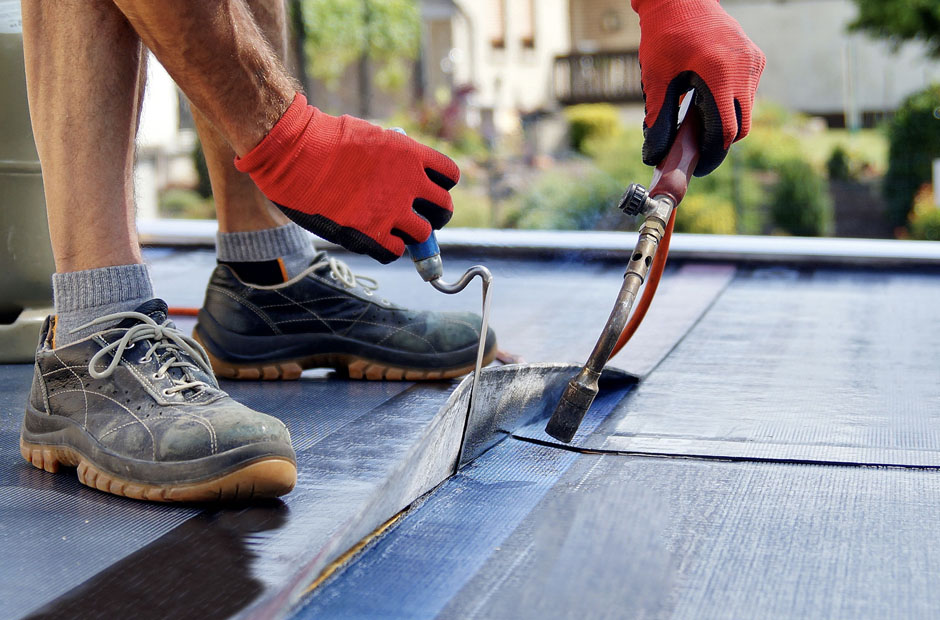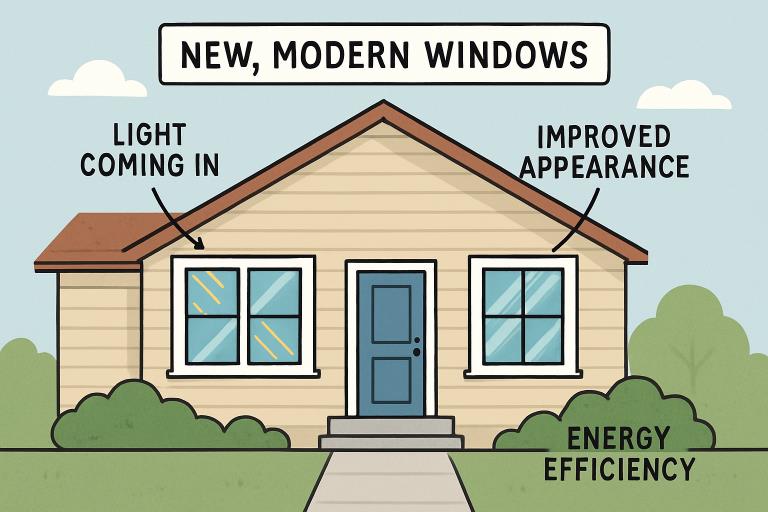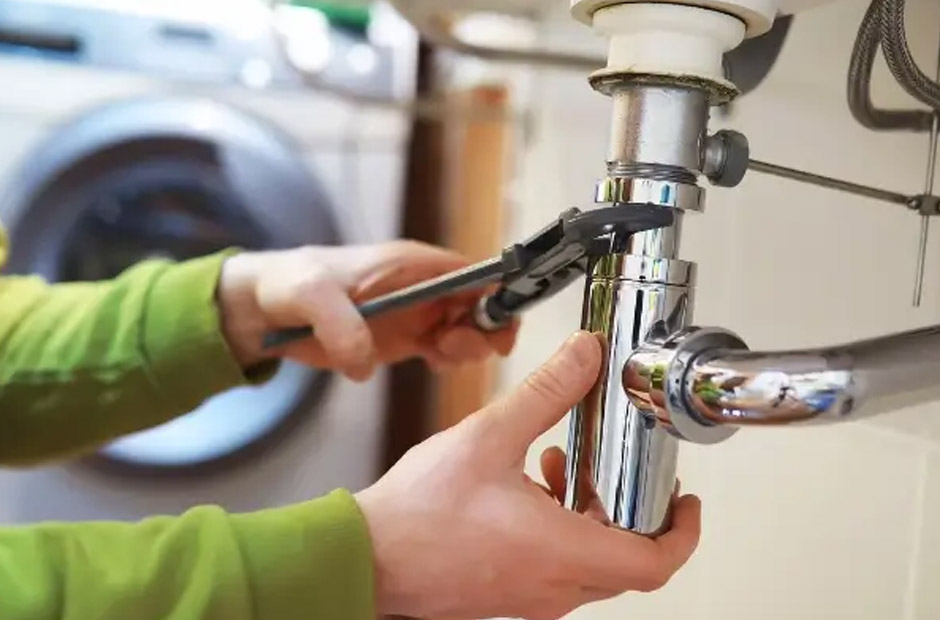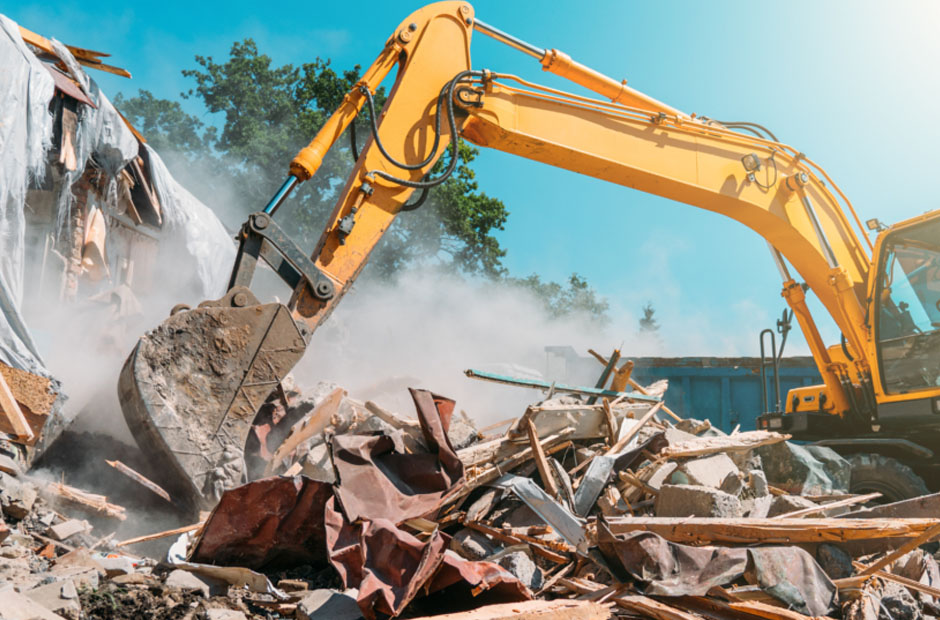Now Reading: How to Maintain Your Metal Roofing for Longevity
-
01
How to Maintain Your Metal Roofing for Longevity
How to Maintain Your Metal Roofing for Longevity
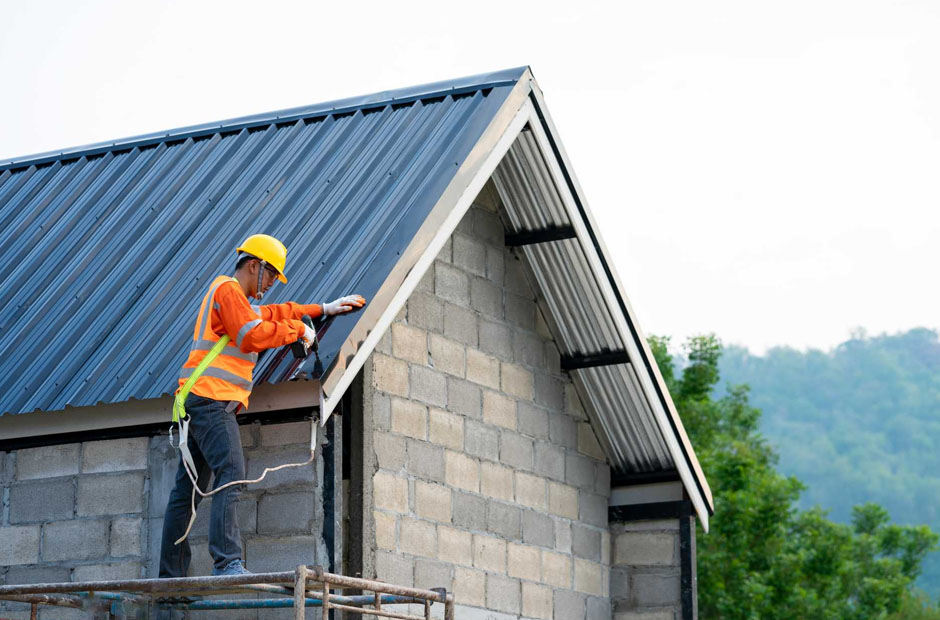
Preventive maintenance helps prolong the lifespan of your metal roofing and makes sure the roof performs optimally. It also helps to preserve the appearance and structural integrity of your roof. Here are a few steps you can take to maintain your roof for longevity:
Performing Regular Inspections
Regular inspections help identify any issues that arise at an early stage. Winter weather can cause damage to metal roofs, resulting in loose fasteners, dents, or damaged flashing. Fasteners might also come loose due to high winds and fluctuating temperatures. Professional roof service providers will evaluate the flashing, as well as look for signs of rust, loose panels, or scratches.
Keep foot traffic on the roof to a minimum, as it might lead to accidental damage to panels. If you have to access the roof, observe safety precautions. A professional roofing contractor will conduct a thorough inspection and help you address emerging problems quickly.
Mitigating Rust and UV Damage
If you have rust on your metal roofing, address this issue promptly. Professionals use a rust-inhibiting primer and apply a coat of paint to the roof. This protective coating acts as a barrier against moisture, prevents corrosion, and may help increase the energy efficiency of your roof. You may also apply sealants and coatings meant to protect your metal roofing from UV rays. As each type of sealant has a specific life expectancy, reapply as suggested by your roofing contractor. Different types of coatings include acrylic, polyurethane, and silicone.
Cleaning Gutters and Downspouts
Proper drainage helps to prevent the buildup of water and ice on your roof. Clear any clogs in your downspouts and gutters, as this allows water to drain freely and efficiently. You may use a blower or scoop to remove twigs, leaves, and debris that could be causing blockages.
Ice dams and water on the roof’s surface can lead to damage and may eventually cause leaks. The ice formations trap melting snow and can cause water to seep under roofing materials. Insulating and ventilating the attic also helps to prevent the formation of ice dams. This creates a consistent roof temperature and prevents heat from escaping and melting the snow on your roof.
Trimming Tree Branches
Check for branches hanging over the house and trim them as needed. If ice and snow accumulate on the branches, they will weigh them down and cause them to break, potentially damaging the roof. During storms, these branches can also fall on your roof. Removing such hazards helps prevent the need for repair. Overhanging branches might also drop leaves, twigs, and debris, which can cause blockages. Trimming these branches also exposes the roof to more sunlight, which helps facilitate a drier surface, preventing the growth of algae and moss.
Cleaning Metal Roofing
Cleaning metal roofing can help you maintain its functionality and aesthetics. Dirt, algae, and debris affect the integrity of your roof. When cleaning your roof, use gentle solutions, avoid abrasive tools, and rinse the area thoroughly to prevent damage. Use specialized roof cleaning solutions or gentle cleaners. Having an excessive amount of snow and ice on the roof may also cause damage and leaks. After a snowfall, clear this snow from the area as the additional weight exerts stress on the roof. If your metal roofing sustains heavy-duty damage from debris, professionals will replace broken sections.
Hire Professionals for Your Roof Maintenance Needs
Roofing professionals will check all areas of your roof for moisture leaks, panel damage, and gutter issues. They will also help you inspect the areas around air vents, skylights, solar panels, and chimneys, and assist with repairing any degraded parts. Partner with a professional roofing contractor today to help with your maintenance needs.


